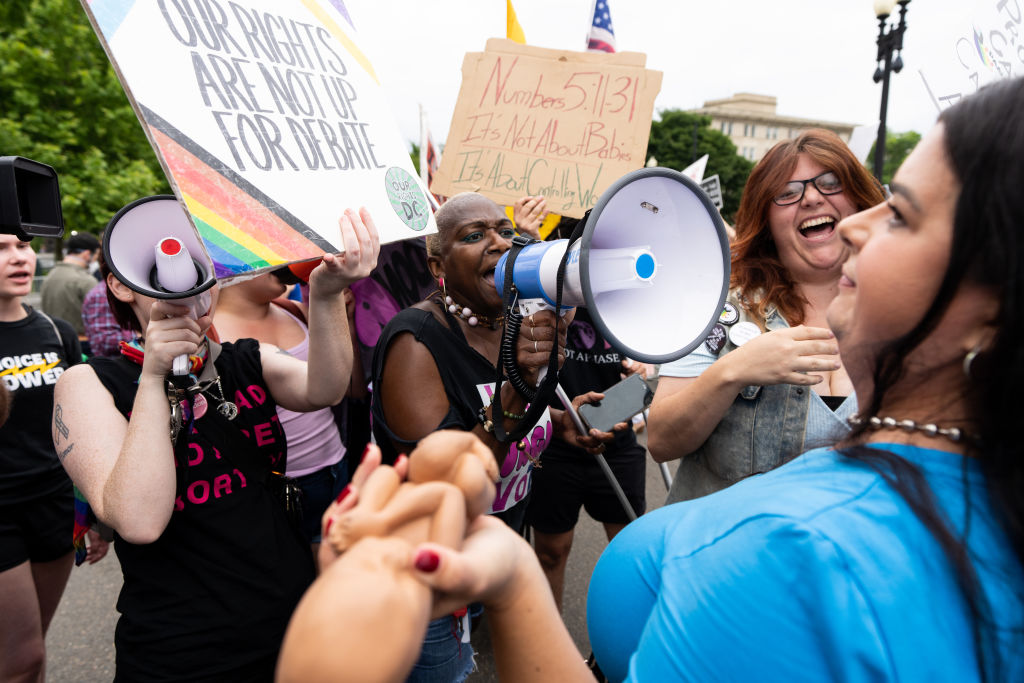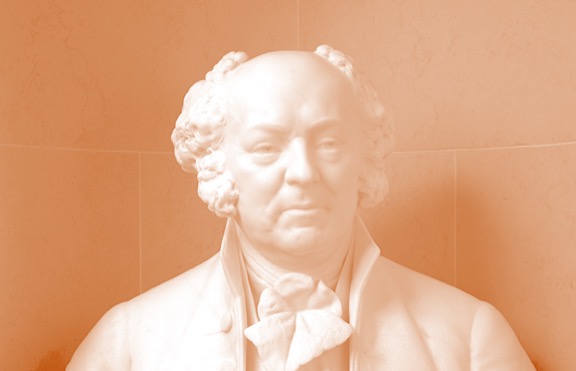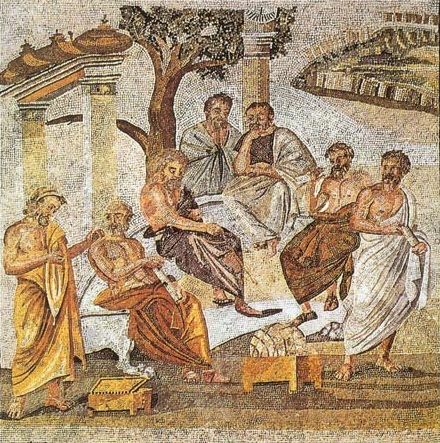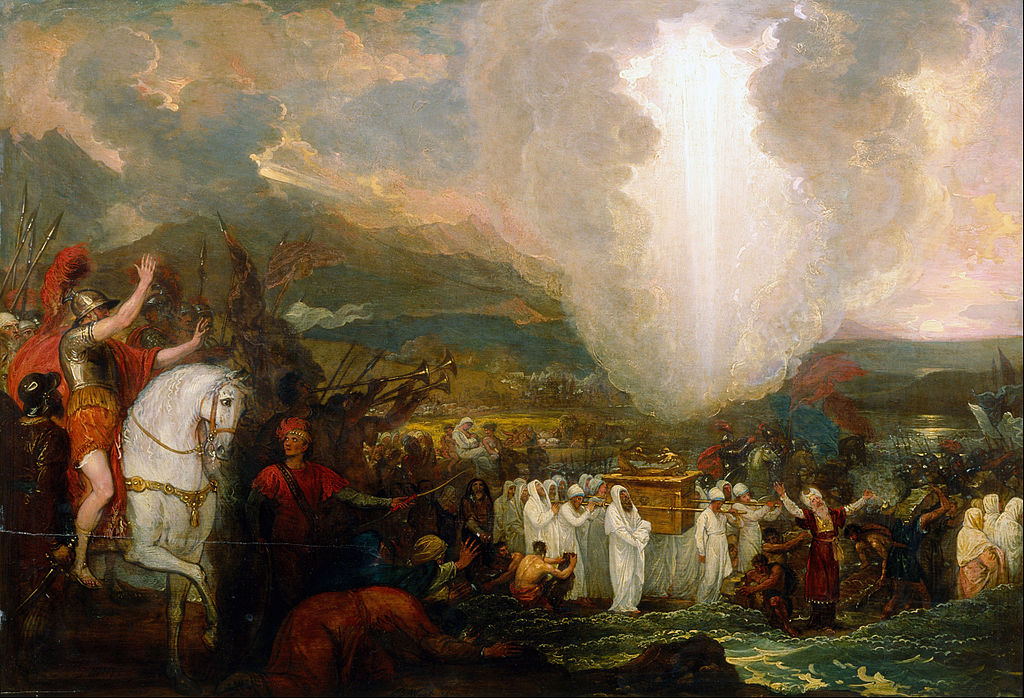Part II: Honor and self-constraint can stave off tyranny.
The New Vulgarians

We are rapidly becoming post-civilized.
My friends and I have an irregular habit of staging themed get-togethers oriented around the food of a particular nation or region. We gather a bunch of recipes that look appetizing, hunt down the ingredients, and begin the joint cooking process against the background of music fitting the theme. Our most recent culinary expedition took us to the American South, so we whipped up staples such as shrimp ‘n’ grits, mac ‘n’ cheese, fried okra, mashed potatoes, ribs, peach lemonade, sweet iced tea, banana pudding, and peach cobbler. We cued up various Spotify playlists of old spirituals and Southern slave songs. And because some of us enjoy poetry, and because I both read and write it, I was asked to pick a poem for us to dive into for the occasion. The great Southern modernist Allen Tate’s masterpiece “Ode to the Confederate Dead” was my all-but-inevitable choice.
As I spent the day preceding our festivities mulling the poem’s notable difficulties, reading it again and again and again, going through Tate’s own essay on it, making forays into the largely unsatisfying critical commentary I could find, all the while reminding myself, as I rode this way and that on New York City subways and buses, to keep my thumb pressed firmly over the damning title printed in big, bold font, I wondered if this brilliant tour de force—sometimes compared to T.S. Eliot’s “Wasteland” in its solemnity and opacity—could still be found on so much as a single, solitary syllabus in all of America. The likely answer, I knew, was that it had been unceremoniously jettisoned like so many monuments to the likes of Robert E. Lee and Jefferson Davis.
We went through the poem, a thrilling exercise that entailed not only grappling with words, phrases, and units of meaning but also inhabiting Tate’s worldview, his unapologetic stance as a son of the South, the new South in which he was born in 1899, but also the old, antebellum South of which he was a spiritual heir, finding appeal in its antediluvian agrarian culture. Though the mood of the “Ode” is by no means celebratory—if it is any sort of Pindaric “ode” at all, it is one in a minor key, in an ironic register—and though the poem’s conclusion expressly imagines the modern-day South as a fallen society cursed with “knowledge” of “the act,” its sin, Tate nonetheless laments his contemporaries’ loss of faith and of the collective memory of “the inscrutable infantry rising / Demons out of the earth,” “Stonewall, Stonewall, and the sunken fields of hemp / Shiloh, Antietam, Malvern Hill, Bull Run.”
None of us antifragile Gen Xers had any trouble letting ourselves perform the elementary suspension of disbelief it takes to give ourselves fully over to Tate’s perspective on the world without surrendering our basic sense that his sympathies were different from our own. This kind of imaginative leap is the very essence of the aesthetic experience, Kant’s aspirational idea of “disinterested contemplation” or Hans-Georg Gadamer’s merger of our own and the text’s interpretative horizons, to be performed even as we retain our selfhood and maintain the critical distance necessary to evaluate the extent to which the text speaks true.
To say this another way, the experience of art is, at its core, about opening ourselves up to other ways—and often radically different ways—of seeing the world. Creators themselves routinely execute the maneuver in molding deeply flawed or outright villainous characters that nonetheless compel us to see the appeal of their points of view. Such an act of radical empathy is exemplified most starkly by John Milton’s depiction of the character of Satan in Paradise Lost in a fashion so compelling as to have prompted William Blake’s famous quip that “Milton was of the devil’s party without knowing it.”
But the contemporary educational establishment is unable to allow this same suspension of disbelief, because our dominant contemporary ideology is steeped in pernicious doctrines that turn art into yet another means of bolstering and ennobling the self rather than entering into a dialogue with otherness. Within the narrow constraints of such ideas, those who are favored in the intersectional hierarchy accordingly need art that affirms them and their identities exactly as they are, while those disfavored, a.k.a. “privileged,” groups need art that educates them about their own privileges and sins and about the oppression and virtues of the less fortunate. Such demands that art serve timebound political ends and transmit clear and simple moral messages necessarily exclude high art, i.e., great art, because high art resists all false harmonizations and refuses to reduce complex realities to crude moral binaries, as even the mid-twentieth century Frankfurt School Marxists Theodor Adorno and Max Horkheimer argued in their most well-known essay “The Culture Industry” and as the critic Jed Perl argued more recently in defending art’s autonomy in his Authority and Freedom (2022).
The resulting de-canonization of great works and the gutting of syllabi—as well as the teaching of remaining works of any quality to extract forced morals and lessons or, still worse, to stand in judgment over the past rather than to deploy the delicate art of close reading in pursuit of that necessarily elusive, transcendent meeting of the minds across time and space—have also combined to create a vicious circle.
While great art, with all its nuances and complexities, is not much use for political hacks and moralizers, two of the distinct benefits it does offer are improvements in the processing of ambiguity and in the comprehension and appreciation of other points of view. Generations of students have now been growing up without acquiring these critical skills. They are, thus, entirely unequal to the demands high art makes upon us, even on those rare occasions when they chance to come upon such art. Unprepared for encounters with the sublime and the beautiful, many students will instinctively react with hostility, bewilderment, revulsion against perceived elitism and difficulty, resentment of that which defies their comprehension, and various other versions of “sour grapes.” It is for this precise reason that my former literature professor, the late, great American literary theorist Harold Bloom, used to refer to the critical approaches born of this attitude as the “schools of resentment.”
Not only does this lamentable state of affairs explain much of the oft-discussed collapse of the academic humanities and of literary reading more broadly—students are no longer prepared to rise to the challenge posed by first-rate works, while second-rate works lack the capacity to excite and inspire—but it also explains much else that has gone awry in our culture and politics. In the political sphere, the dire consequences of rising generations who are unable to deal with ambiguity and incapable of opening their minds to other ways of seeing the world are, predictably, that such people (1) view everything in terms of simplistic, black-and-white binaries, (2) cannot abide disagreement or empathize with those whose vantage points or ideologies differ from their own, and (3) focus obsessively on the most readily apparent and superficial aspects of ourselves—race, ethnicity, gender, and sexuality—creating a divisive, zero-sum politics built on atavistic tribalism. So we get speakers shouted down and cancelled, rising political acrimony, intolerance and sharp elbows all around, and a total lack of nuance when it comes to discussing complex, multifactorial topics such as the reasons for the disproportionate poverty of black Americans or the rights and wrongs of the Israeli-Palestinian conflict.
On the cultural level, the consequences of the decline of high art and the humanities are still more disastrous. To discern the change, we need only open our eyes and ears. Listen to the way that people, especially younger people, speak. Note the impoverishment of their vocabulary and their tendency to think and talk in clichés and TikTok catchphrases, as though their emotional range has been constricted to what is readily expressible through emojis. Observe their proliferating casual profanity. Notice the all-around cratering of basic grammar, spelling and punctuation.
Listen, in general, to how so many of our young brethren, with their reading abilities already on the wane, sound as though their tongues have thickened and impeded their ability to enunciate words, with language itself seeming to have become a blunt, unwieldy instrument with which they must struggle to achieve any modicum of expression. Listen, as well, to their music, which will confirm, again, that their range of emotional expression has coarsened, having been reduced to primary colors, shiny baubles with all true individuality and idiosyncrasy having been hip-shopped, EDMed, and autotuned away into the ether, as though the coming age of AI-generated music had proleptically snuck up on us from behind some years ago.
The growing incapacity of so many of us to navigate the confrontation with otherness is also apparent in the prolongation of our immature years. Children live in self-focused, self-centered worlds and demand that others conform to their fantasies. When that demand is not satisfied, we get fits of decompression. Now persisting into adulthood, such fits get re-labeled as “mental health crises” or, yet more histrionically, “trauma,” a liminal state that used to be respectfully reserved for survivors of death camps, torture, or childhood sexual abuse, now trivialized and re-imagined as a universal condition.
Such traumatized permanent children, unequal to the demands of “adulting” and unable to accommodate themselves to the parameters of life in a shared social reality, shrink from the challenge of social interactions, retreating instead into social media, interacting through avatars, virtual reality, and video games. They insist on accommodating all environments to their needs, so we get the expectation of “safe spaces” and “inclusive” language now being carried over from the university into the workplace, where the DEI officer serves as a stand-in for the RA patrolling the halls. And even the language spoken by these Neverland dwellers feels infantilized, as the prominent linguist John McWhorter has observed (albeit putting a positive spin on the change).
What likewise follows from our mass arrested development and our inability to plumb the depths and find fulfillment in deep engagement with otherness—whether taking the form of other persons, works of art, or faith in transcendent deities—is a preoccupation with the immediate gratification offered by human surfaces, i.e., bodies, their shape and size, body image, modifications, tattoos and piercings, and sexuality, especially its voyeuristic aspects, i.e., porn, even as actual physical intimacy is on the wane among Millennials and Gen Zers, because it requires the kind of communion with others of which we are increasingly incapable. Coming hand in hand with such focus on the prurient and the physical is our growing crudity on every possible level. From the informal, unceremonious, unrefined, and outright unseemly manner in which we dress and express ourselves to our ever-more-primitive forms of entertainment to our inability to distinguish between the banal and the profound in matters of taste or to approach political discussions with an eye to nuance, we are becoming utter vulgarians in every aspect of our lives.
At the inception of civilization, vulgarity was not an option because it was our only option. We were pre-civilized, and so the distinction between high and low was not one we could be expected to make except insofar as it was synonymous with the distinction between the sacred and the profane. But today, despite the availability of a dazzling array of options offering every conceivable tier of human experience, we live in a thorough mishmash of high and low—and of the sacred and profane along with it.
Postmodernism represented the conscious choice to intermingle high and low, but today, many of us appear to have forgotten that we have that choice to make or not to make. And when we do choose, we most often opt to exclude the hallmarks of civilization—the high and the sacred—from our lives entirely. We are rapidly becoming post-cultural, post-civilized.
Just as the contemporaries to whom Allen Tate’s “Ode” was speaking, we are forgetting our own heritage and abandoning our own monuments. We are no longer able to access the keys to unlock the secrets of their greatness. Like the narrator in his poem, we are standing outside the locked cemetery gates, peering in with only a faint, conflicted glimmer of recognition that here, under the long shadows of Tate’s “immitigable pines,” may have been something worth knowing, worth making our own.
The American Mind presents a range of perspectives. Views are writers’ own and do not necessarily represent those of The Claremont Institute.
The American Mind is a publication of the Claremont Institute, a non-profit 501(c)(3) organization, dedicated to restoring the principles of the American Founding to their rightful, preeminent authority in our national life. Interested in supporting our work? Gifts to the Claremont Institute are tax-deductible.
On campus, today's forlorn meritocrats no longer believe what the apparatchiks are teaching them.






